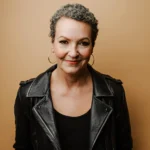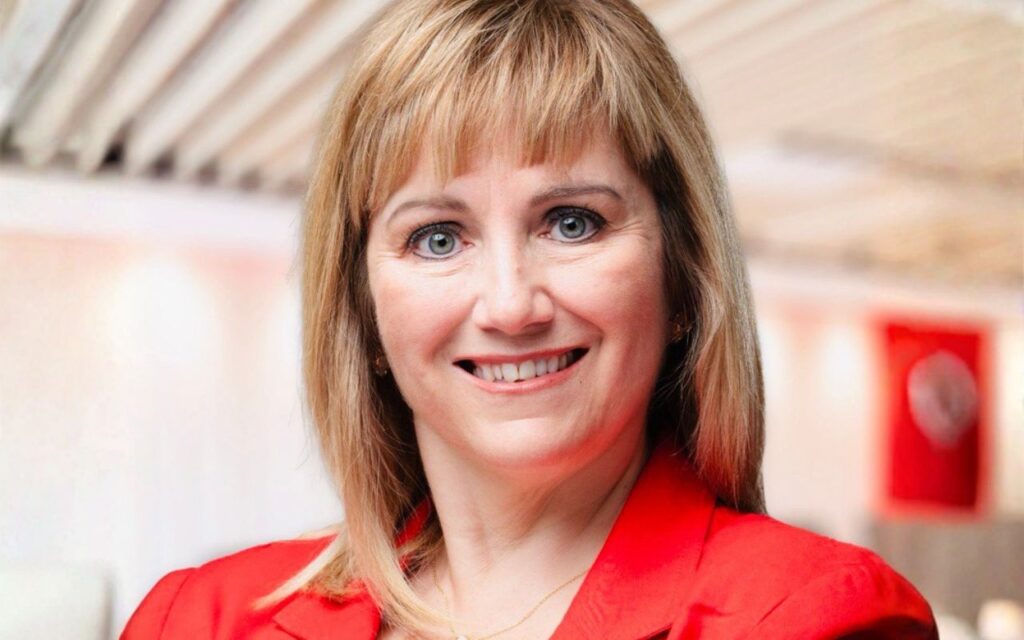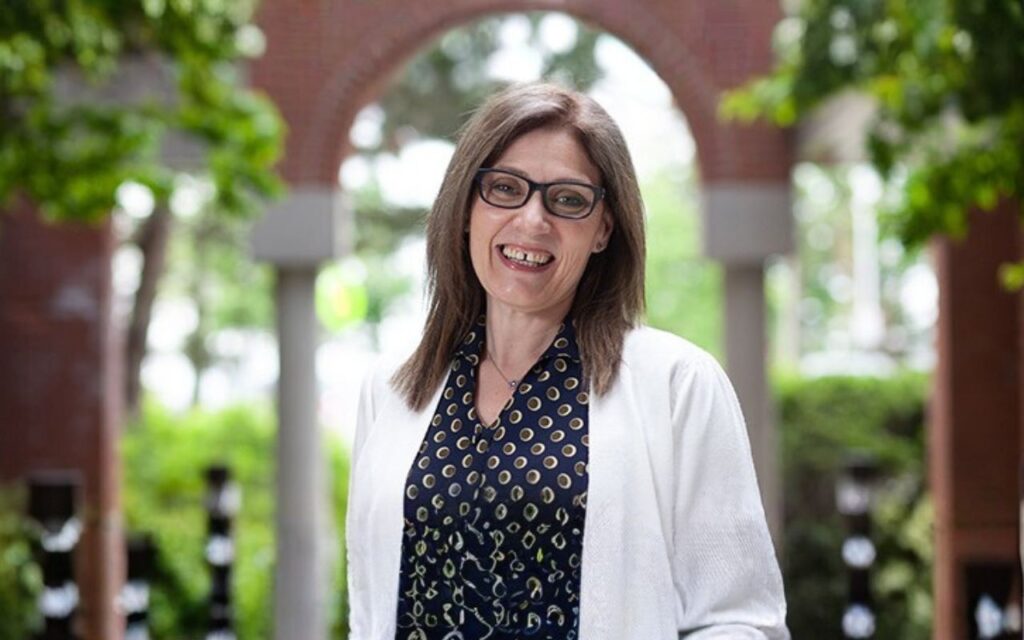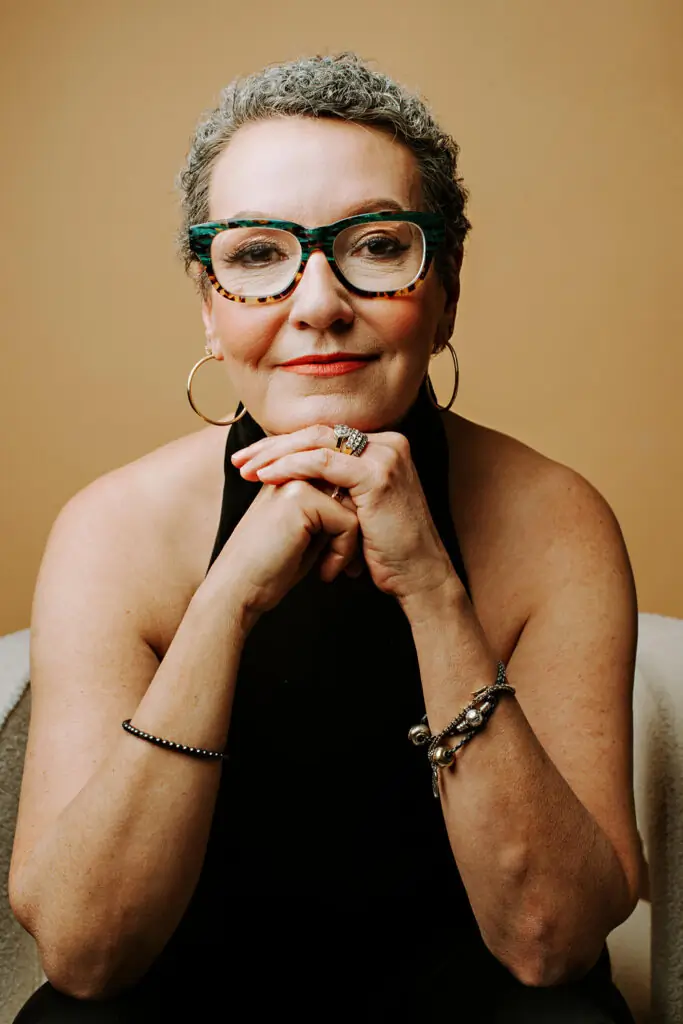
Hearing that you have breast cancer and that a mastectomy is the only option is not only emotionally shattering, it is life-altering. It’s also body-altering. You are forced into making a decision that is not of your choosing, and that decision will affect your self-esteem, how you see yourself, and how others see you for the rest of your life.
I vividly recall the discussion with my surgeon two years ago. I had been diagnosed a month prior with multifocal cancer of the left breast. I had three tumours, one 4.5 cm in size. There was simply not enough tissue to save the breast. In the same meeting, I was presented with a consent form to move ahead with surgery that would happen just two weeks later.
At that moment, I had to decide: did I want to have both breasts removed? And what form of reconstruction did I want?
Fortunately, I had begun research into my options shortly after my diagnosis. I used to joke that my options were that I would wake up with new boobs (immediate reconstruction), little boobs (a large lumpectomy and a reduction to match), or no boobs. After additional imaging, it was determined that the latter was the only pathway forward medically. In addition, because of the total measure of the cancerous masses, I would require radiation, which would have further complicated any future reconstruction plans.
So, it was still my decision, but my options were drastically limited. I elected to have both my breasts removed and against breast mound reconstruction, opting instead for something called aesthetic flat closure (AFC).
Only officially adopted by the U.S. National Cancer Institute as a defined medical term in June 2020, AFC is a single-surgery option that leaves a woman postmastectomy with a perfectly flat and smooth chest. This is in contrast to a standard mastectomy, where extra skin, fat, and remaining breast tissue are left in place, allowing breasts to be reconstructed in the future.
I first heard about AFC not from my surgeon, but rather from a friend and fellow breast cancer survivor. The idea immediately appealed to me. My mastectomy was my first surgery, and I wanted it to be my last. After spending several years in pandemic lockdown and yet another fighting a cancer battle, I had little appetite for the multiple, complex, and often risky surgeries required for breast mound reconstruction. I wanted to move on. I wanted to live.
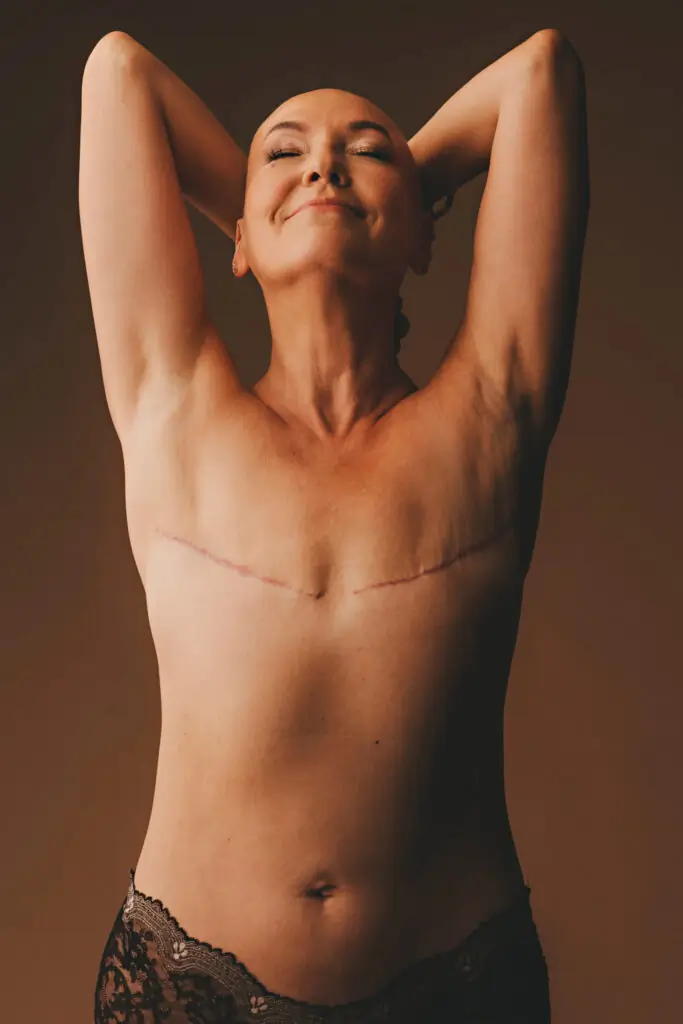
Further cementing my decision, my body mass and the need for radiation meant the options for breast mound reconstruction available to me were unappealing. For one procedure, called a DIEP flap surgery, surgeons use tissue from your abdomen, thigh, or buttocks to reconstruct the breast. It’s an arduous surgery — up to 15 hours — and requires extensive healing and recovery.
The second option, implants, would have involved three surgeries: one to remove the breast(s), the second to insert expanders to stretch the skin, and a final surgery to swap the expanders for implants. As I would require radiation, I would have still needed to have a tissue transplant to prevent implant rejection. The surgeon proposed using the lat muscle from my back. That was an immediate hard no. I was not prepared to compromise my physical ability for the sake of a breast.
As a side note, anyone who says gleefully to a woman with breast cancer that “at least she gets a new boob job” can be shown the door.
Remaining flat was the right decision for me. But the reaction to that choice has been eye-opening. It still seems that society — and for that matter, the medical community — equates the feminine identity with a pair of breasts. Since going flat, I’ve been asked at speaking engagements how my husband feels about my decision. I was asked recently by a member of my oncology team how I was “dealing” with my loss of femininity.
Say what?
Other “flatties” have had it much worse. I’ve spoken with women who have had their surgeons request they consult with a psychologist before they will perform an AFC surgery — 25 per cent of women who request flat surgery report they are questioned by their surgeons. There are also issues of flat denial, where surgeons will, while the woman is asleep on the table, overrule that woman’s request to remain flat, leaving them with excess skin in case they “change their mind.”
I wrote a piece for the Globe and Mail shortly after my surgery that spoke to not only my decision to remain flat, but my determination that it not affect how I dress, how I perceive myself, and how others perceive me. I said at the time that I refuse to be ashamed or to be shamed. I am more than my breasts.
Today, almost two years from the date of my diagnosis and surgery, I’m still as confident in my decision as I was at that time.
